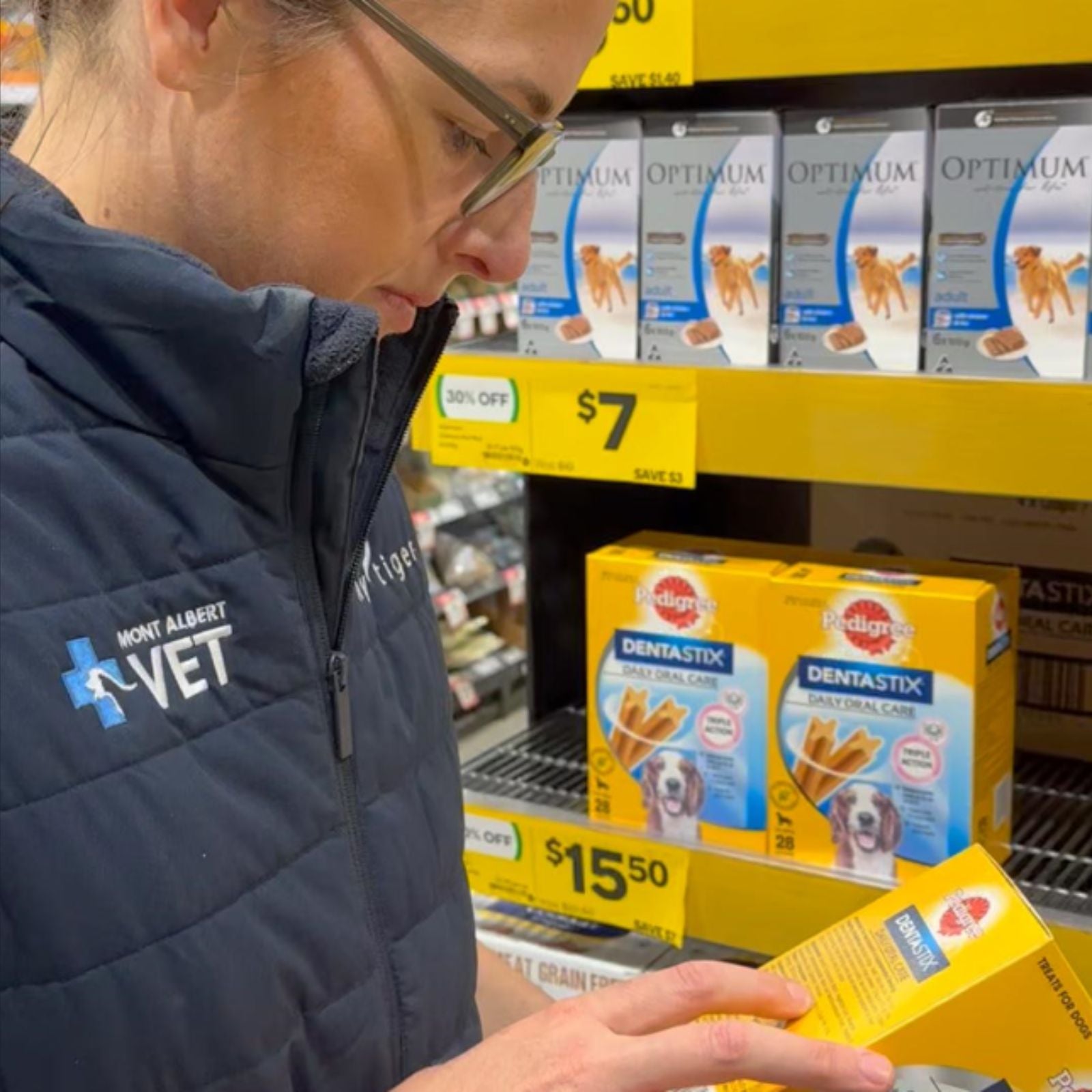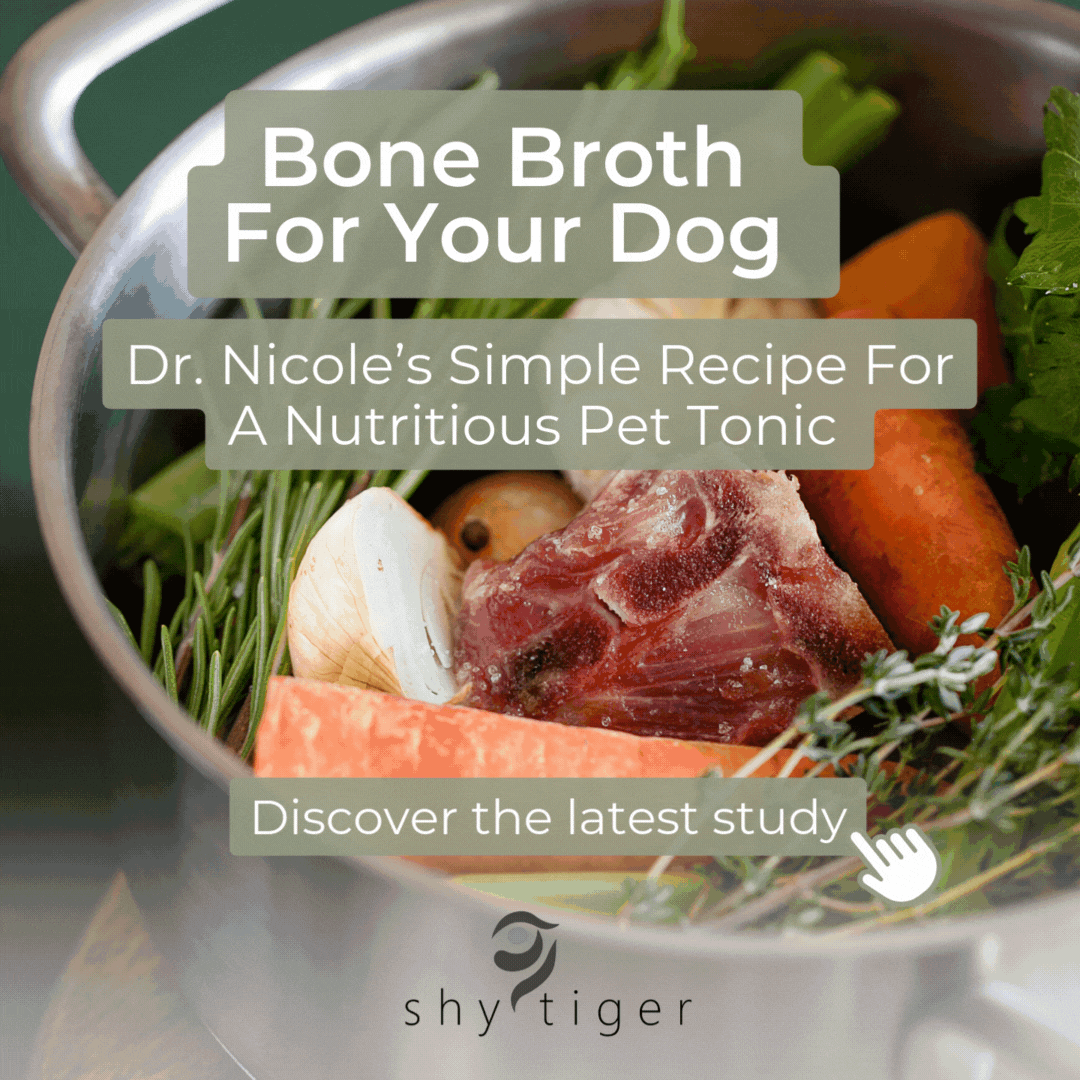What is the best dog food?

So you have a new dog, a fussy dog or you’re just not happy with their diet. There are well over 200 different dog foods available on the market so it’s no wonder people get confused trying to understand what the best dog food for their puppy or dog. It’s a really common question I get asked as a veterinarian. From organic dog food, raw dog food, dry dog food and Australian made food, everyone wants to do their best and provide their dog with the best dog food. Plus, they’re overwhelmed with advice from the vet recommended dog food to the breeder, pet store advice, to their friend at the park and googling. What are the options?
The pet food market is divided in to:
1. Product type
- Dry food (kibble – some grain based, some grain-free, some animal based, cereal based, holistic)
- Wet food (tin/sachet)
- Dog rolls
- Prescription veterinary food (kibble and tin)
- Raw food (home-made and store bought)
- Cooked food (home-made and store-bought)
- Dehydrated food (usually raw then dehydrated)
2. Where to purchase
- Pet store
- Veterinary clinic
- Supermarket
- Internet
3. Price point
- Economic versus premium
So, in my opinion the majority of people want convenience. Every family situation is going to be different; and every dog is different. Depending on your personal preference for your family will depend on what the ‘right’ decision for your dog. Unfortunately, there is no such thing as ‘the best dog food.’
The easiest way to figure out what will suit your family is to ask yourself:
- Do I want (and can I dedicate the time) to home prepare food or would I rather be able to purchase a pre-prepared balanced diet?
- Where am I happy to purchase from?
- Will I be offering table scraps or leftovers?
- Am I passionate about processed food versus fresh? And if fresh do I have the freezer or fridge capacity to store it?
- Is cost a huge driver?
- Is my dog a pet on breeding terms or am I considering breeding with it or undertaking
- Am I passionate about selecting Australian companies or Australian made? And do I lean towards small companies or larger companies?
Ok, so now you have some background to your preferences. I can tell you the majority of dog owners will choose dry dog food for its convenience, accessibility and also likely due to the marketing they’re exposed to. Although there is a strong movement for raw food diets whether they be home prepared or purchased ready-made.
If you answered yes to home prepared food, I would recommend you undertake some further research in to how to prepare balanced diets for puppies and dogs. Not every meal needs to be balanced but it is a good idea to ensure it is balanced over the course of a week. There are some great references below. And for those that choose to solely provide home prepared food for their dog I strongly suggest you consult with a veterinary nutritionist – it will ensure you have ticked all the right boxes.
A basic rule of thumb (again, I recommend further study) is –
- 65% meat/meaty bones
- 25% plant matter and nutritional supplements (e.g coconut oil, turmeric)
- 10% organ meat (usually half liver, half other organs)
Some people choose also choose to add a wholefood supplement in case they’ve missed a nutrient profile. A good example is, Wellbeing for Dogs.
The rest of the dog food industry can come in all forms and makes up the majority of the industry. It is also the more heavily marketed and unfortunately poorly regulated so relies on a savvy consumer.
This table below can help you to navigate what will suit your family.
| Food | Common examples | Pros | Cons |
| Dry dog food |
Hills Science Diet, Royal Canin, Optimum, Black Hawk, savour life, natures gift |
Convenient |
Processed Not always clear from packaging which ones are ‘better’ so rely on opinion or for the consumer to have educated themselves on reading ingredient labels. Often low in true meat content. |
| Prescription veterinary food | Hills z/d, Royal Canin gastrointestinal | Scientific studies to back effectiveness. Veterinarian supported when using. |
Expensive. |
| Wet dog food | Pedigree PAL, Ziwipeak, My dog |
Convenient. Some economic. Often good palatability.
|
Variable quality. Can be quite high in salt, water and low in quality meat content. Often has preservatives and chemicals to extend shelf life. |
| Dog rolls |
Prime 100 |
Fresh, generally natural. Often good palatability. | Often short shelf life and may have more preservatives and chemicals to extend shelf life. |
| Dehydrated/air-dried Food | Frontier Pets, Ziwipeak, Providore | Generally very high meat content. Great for treats as well. | Expensive, do lose some nutrient quality from partial processing. Can be too rich for sensitive stomachs |
| Raw diets |
Big Dog, Organic paws, Somerford raw and natural |
Generally very high meat content. Meat quality can vary according to source. | Care with sensitive stomachs and those with compromised immune systems (e.g pregnancy). Many smaller makers aren’t nutritionists. Short shelf life. |
| Cooked diets |
Lyka |
Can be better tolerated by sensitive stomachs than the raw diets. Generally quality ingredients. A few backed by vets. | Can have variable palatability. |
| Supplement blends to add to raw meat diet |
Vets all natural |
Good shelf life. Give owners peace of mind when home preparing food. | Can be cereal based. Care with breeding stock. Check natural and not synthetic. |
Dogs are considered facultative carnivores which basically means that they can choose to eat meat (or not). They’re scavengers by nature. The most important trick when reading different pre-made food whether it be dry, tinned raw etc is the order of ingredients written. They’re written in order of prevalence (before processing though which is most relevant for dry food). So, the first ingredient should be the highest percentage in the food and the last, the least, by weight.
The confusing thing here is often meat is the first ingredient, however, it is approximately 70% water so by the time it’s processed in dry food especially the second, third and fourth ingredients usually become the more prevalent as the water has disappeared. The ‘better’ quality foods for ‘normal’ dogs – (iei.e. non-prescription) should have meat products in the first 3-4 ingredients. If the word ‘meal’ is used after meat then it’s already dehydrated so won’t be affected by weight with processing. If the 2nd, 3rd and 4th ingredients are carbohydrates, it’s likely they’re too carb heavy for a healthy dog. However, some of the prescription diets can be less animal protein due to sensitivities.
Some specific ingredients to avoid:
- “meat meal” – when they’re unidentifiable to the exact type of meat I wouldn’t trust them
- Any meat by-products need to be careful of. At least if they’re labelled the protein source such as ‘chicken by-product’ there is some quality control however, ‘meat by-product’ would concern me it’s just all the leftovers not fit for human consumption.
- Corn syrup
- Propylene glycol – concerning research suggesting serious health consequences.
- BHA, BHT, additives with concerning health implications
Note these are often more common in semi-moist food as well as dog treats (also see page on dog treats).
Recommended websites for further information on preparing raw diets or who to consult with to assist making balanced raw recipes.
- Veterinary Nutrition Group (group of specialist veterinary nutritionists)
- Animal Wellness Holistic Veterinary Clinic (veterinarian Dr. Malina Fielder)
- Balanced-Canine (non-veterinarian animal nutritionist)
A further note for breeders and performance dogs
Most dog foods are designed for the ‘pet’ dog industry. They’re designed to be palatable and also marketable for humans. They’re not necessarily as concerned with the increased nutritional requirements for reproductive function and muscle performance. Dogs will survive on most of the different foods on the market but certainly won’t thrive. A major concern to look out for breeders is the level of phytoestrogens in their food. They’re more prevalent in ‘grain-free’ diets and include ingredients like flaxseed, soy and legumes.
They can have high levels of omega 3’s so can have beneficial health effects; however, I would avoid them in breeding dogs. Some dogs appear to be more sensitive to their effects than others and to date there’s no thorough peer-reviewed scientific study to demonstrate exactly how or why they reduce fertility, however, anecdotally I would avoid diets with phytoestrogens in them. They can essentially act as extra oestrogen and cause cysts and other fertility issues in females, and suppress testosterone and sperm quality in males.
If you’re in to performance treat your dog like a human athlete – most performance dogs require more protein and fat like human athletes to help their energy balance, however, it is also worth consulting an expert in your field to get their recommendations.
Take home message
Please don’t feel guilty about your food choices for your pet. Do the best you can with the resources you have. The majority of clients will choose to mix dry or dehydrated food with some meat/veggies from home. This is fine! Choosing the best quality dry or dehydrated product from the explanation of how to read ingredient labels from above will give you the confidence you’re doing the best you can and choosing ‘the best dog food’ for your dog.




Leave a comment